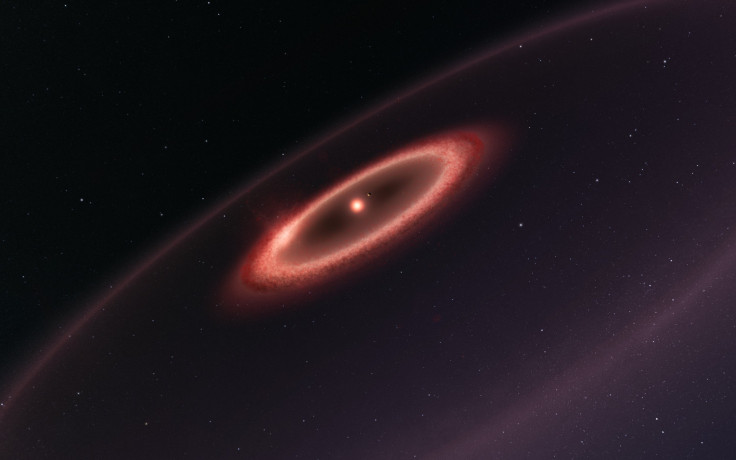Aliens Found On Nearby Star? Scientists Receive Mystery Signal From Proxima Centauri
KEY POINTS
- Scientists detected a narrow beam of 980 MHz radio waves in April and May last year at the Parkes telescope in Australia
- The beam appeared to have come from the direction of Proxima Centauri, which is 4.2 light-years away
- The discovery was made by astronomers working on the Breakthrough Listen project
A mysterious signal coming from the direction of the nearest star system to the sun, Proxima Centauri, has been detected by astronomers, and it has sparked the interest of scientists who are in search of alien life.
Astronomers working on the Breakthrough Listen project, said to be the most extensive search yet for alien life, picked up the "intriguing" narrow beam of 982 megahertz radio waves in April and May last year at the Parkes telescope in Australia, The Guardian reported. The beam appeared to have come from the Proxima Centauri system, which is 4.2 light-years from Earth.
The researchers said the signal shifted slightly during observations in a way that resembled the shift caused by the movement of a planet.
Its frequency, 980 MHz, is significant as well as this is "a region typically bereft of transmissions from human-made satellites and spacecraft," according to Scientific American.
"We don’t know of any natural way to compress electromagnetic energy into a single bin in frequency," project leader Andrew Siemion from the University of California, Berkeley said, adding, "for the moment, the only source that we know of is technological."
The signal appeared once and was never detected again, a source in the astronomy community who spoke on the condition of anonymity told The Guardian. "It is the first serious candidate since the ‘Wow! signal,'" they said, referring to the narrowband radio signal detected by the Big Ear Radio Observatory in Ohio in 1977.
The scientists have yet to identify any terrestrial culprit to explain the mysterious radio waves they detected. They are currently preparing a paper on the beam, which has been named BLC1, for Breakthrough Listen.
Launched in 2015 and funded by Yuri Milner, the Breakthrough Listen project involves telescopes eavesdropping on planets that orbit the million stars closest to Earth in the hopes of detecting stray or intentional alien broadcasts. Astronomers working under the project are devoted to finding intelligent life by spotting potential "technosignatures" among so many other radio waves coming from Earth and other objects.
Meanwhile, the Proxima Centauri has been a subject of interest for astronomers since its discovery. At least two other planets are known to orbit the star, one being a gas giant and the other a rocky world that's 17% more massive than Earth.
Identified as Proxima Centauri b, the rocky world circles the host star every 11 days and is located in the so-called "habitable zone," where the temperature is just right for water to flow and pool.

© Copyright IBTimes 2025. All rights reserved.





















